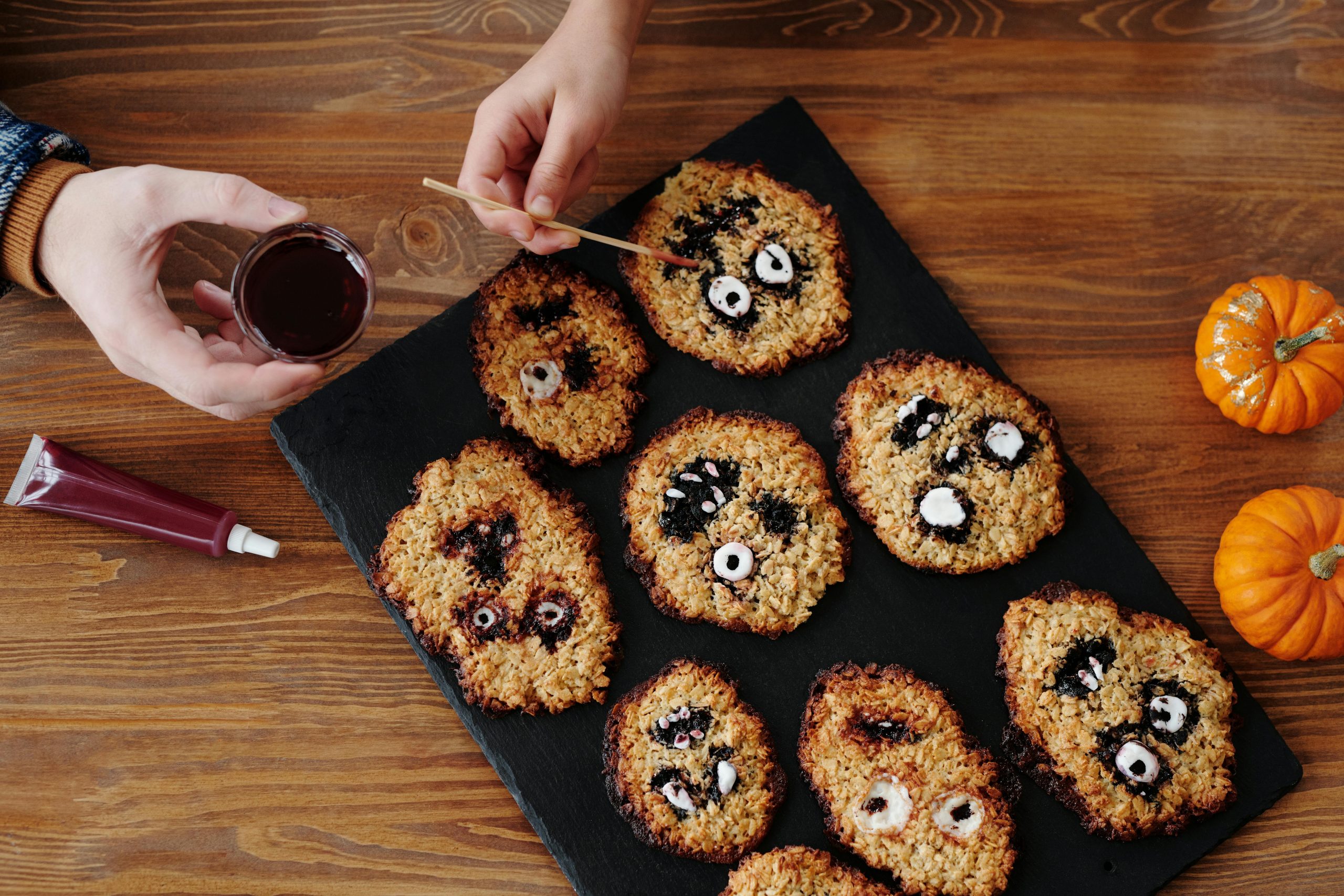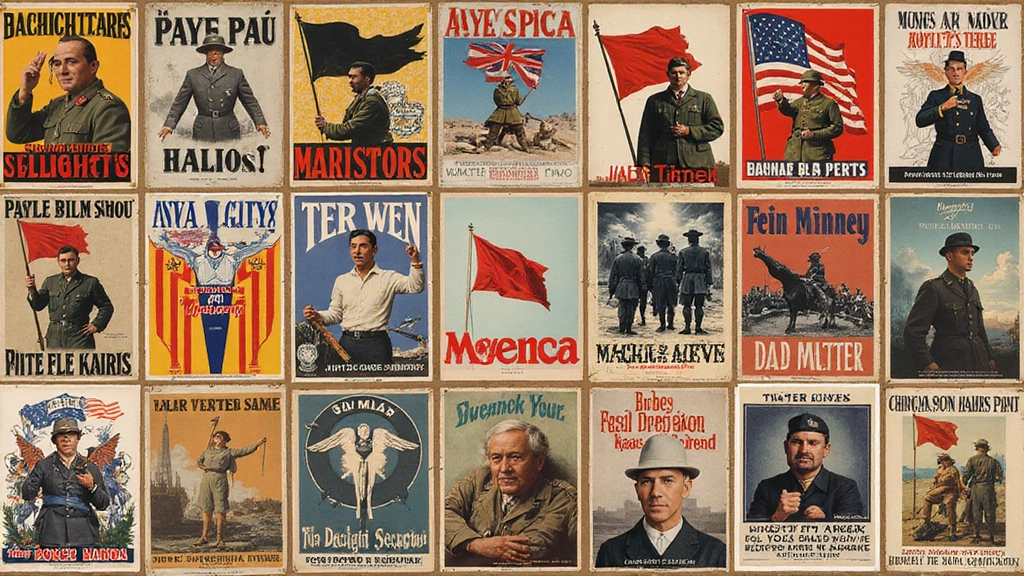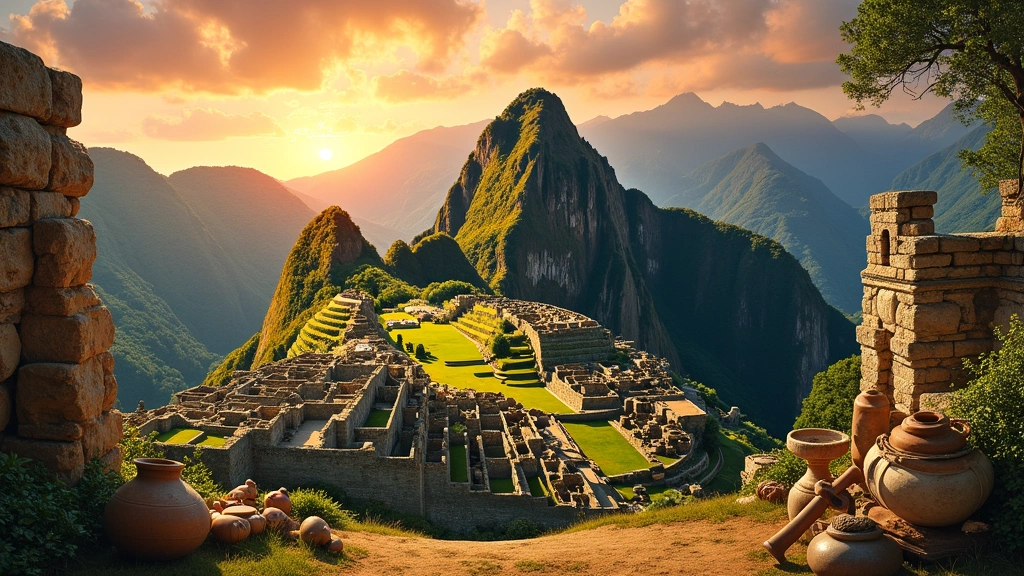Table of Contents
Introduction to the history of Halloween
Halloween is one of the most beloved and widely celebrated holidays in the world, known for its spooky decorations, creative costumes, and sweet treats. But behind the pumpkins and candy lies a rich and fascinating history that spans thousands of years. From ancient Celtic festivals to modern-day trick-or-treating, Halloween has evolved into a unique blend of tradition, superstition, and pop culture. This article explores the origins, evolution, and cultural significance of Halloween, offering a detailed look at how this holiday became what it is today.
The Ancient Roots of Halloween: Samhain
The Celtic Festival of Samhain
The origins of Halloween can be traced back to the ancient Celtic festival of Samhain (pronounced “sow-in”), which marked the end of the harvest season and the beginning of winter. Celebrated from October 31 to November 1, Samhain was a time when the Celts believed the boundary between the living and the dead blurred, allowing spirits to roam the earth.
Rituals and Traditions
During Samhain, the Celts lit bonfires and wore costumes made of animal skins to ward off malevolent spirits. They also left offerings of food and drink outside their homes to appease the dead. Divination rituals were common, as people sought to predict the future or communicate with deceased loved ones.
Roman Influence: The Merging of Festivals
Feralia and Pomona
When the Roman Empire conquered Celtic territories, they brought their own festivals, which blended with Samhain. Feralia, a day in late October when Romans honored the dead, and Pomona, a festival celebrating the Roman goddess of fruit and trees, influenced the evolution of Halloween. The apple, a symbol of Pomona, is thought to be the origin of bobbing for apples, a popular Halloween game.
Christianization: All Saints’ Day and All Souls’ Day
The Rise of Christianity
As Christianity spread across Europe, the Church sought to replace pagan festivals with Christian holidays. In the 8th century, Pope Gregory III designated November 1 as All Saints’ Day, a time to honor saints and martyrs. The evening before, October 31, became known as All Hallows’ Eve, which eventually evolved into “Halloween.”
All Souls’ Day
November 2 was designated as All Souls’ Day, a time to pray for the souls of the dead. Together, these three days—All Hallows’ Eve, All Saints’ Day, and All Souls’ Day—became known as Hallowmas, a period of remembrance and reflection.
Medieval Halloween: Superstitions and Folk Traditions
Souling and Guising
In medieval Europe, Halloween traditions began to take shape. Souling, a practice in which the poor would go door-to-door offering prayers for the dead in exchange for “soul cakes,” is considered a precursor to modern trick-or-treating. Guising, where people dressed in costumes and performed songs or skits in exchange for food or money, also became popular.
Jack-o’-Lanterns
The tradition of carving pumpkins into jack-o’-lanterns has its roots in an Irish folktale about Stingy Jack, a man who tricked the devil and was doomed to wander the earth with only a hollowed-out turnip lit by a burning coal. Immigrants to America replaced turnips with pumpkins, which were more readily available.
Halloween in America: A Melting Pot of Traditions
Colonial Celebrations
Early American colonists, particularly Puritans, were wary of Halloween due to its pagan origins. However, as immigrants from Ireland, Scotland, and England arrived in the 19th century, they brought their Halloween traditions with them, blending them with Native American and other European customs.
The Rise of Trick-or-Treating
By the early 20th century, Halloween had become a community-centered holiday in America. Trick-or-treating emerged as a way to curb pranks and vandalism, with children going door-to-door for candy. The phrase “trick or treat” first appeared in print in the 1920s.
The Commercialization of Halloween
Costumes and Decorations
In the mid-20th century, Halloween became increasingly commercialized. Mass-produced costumes, decorations, and candy turned the holiday into a booming industry. Companies like Ben Cooper and Collegeville popularized affordable costumes, while candy manufacturers capitalized on the trick-or-treating trend.
Pop Culture Influence
Movies, TV shows, and books have played a significant role in shaping modern Halloween. Classics like It’s the Great Pumpkin, Charlie Brown (1966) and Halloween (1978) have become staples of the holiday. The rise of horror films and themed attractions like haunted houses has further cemented Halloween’s association with scares and thrills.
Modern Halloween: A Global Phenomenon
Cultural Adaptations
While Halloween is most popular in the United States, it has spread to other parts of the world, often blending with local traditions. In Mexico, Día de los Muertos (Day of the Dead) honors deceased loved ones with altars, marigolds, and sugar skulls. In Japan, Halloween has become a time for cosplay and themed events.
Inclusivity and Creativity
Modern Halloween celebrations emphasize inclusivity and creativity. Costumes now reflect a wide range of interests, from pop culture icons to political figures. Social media platforms like Instagram and TikTok have turned Halloween into a showcase for elaborate costumes and decorations.
The Cultural Significance of Halloween
A Celebration of Fear and Fun
Halloween allows people to confront their fears in a safe and playful way. Whether through haunted houses, horror movies, or spooky stories, the holiday provides an outlet for exploring the unknown.
Community and Connection
At its core, Halloween is about bringing people together. From neighborhood trick-or-treating to office costume contests, the holiday fosters a sense of community and shared experience.
The Future of Halloween
Sustainability and Innovation
As concerns about environmental sustainability grow, Halloween is evolving to become more eco-friendly. Reusable decorations, DIY costumes, and organic candy are gaining popularity. Meanwhile, technology is transforming the holiday, with augmented reality (AR) games and virtual reality (VR) haunted houses offering new ways to celebrate.
A Timeless Tradition
Despite its many changes, Halloween remains a beloved holiday that continues to captivate people of all ages. Its ability to adapt and evolve ensures that it will remain a cherished tradition for generations to come.
THE HISTORY OF LONDON BUS TRANSPORTATION SYSTEM
MORE TO READ…
Who Were the Vikings?
The Vikings were seafaring warriors, traders, and explorers from Scandinavia (modern-day Norway, Sweden, and Denmark). Known for their iconic longships, they were skilled navigators who ventured far and wide, from the coasts of North America to the rivers of Russia. While they are often portrayed as ruthless raiders, the Vikings were also settlers, farmers, and traders who sought new lands and opportunities.
Why Did the Vikings Invade Britain?
The Viking invasions of Britain were driven by a combination of factors:
- Overpopulation and Land Scarcity: Scandinavia’s rugged terrain and limited farmland pushed many Vikings to seek new territories.
- Wealth and Plunder: Britain’s wealthy monasteries and towns were tempting targets for Viking raids.
- Political Instability: The fragmented kingdoms of Anglo-Saxon England were easier to exploit than more unified regions.
- Adventure and Glory: Viking culture celebrated exploration, conquest, and the pursuit of fame.
Key Events of the Viking Invasions
1. The First Raid: Lindisfarne (793 AD)
The Viking Age is often said to have begun with the raid on the monastery of Lindisfarne in 793 AD. This attack shocked the Christian world, as the monastery was one of the most sacred sites in Britain. The Vikings looted treasures, killed monks, and desecrated the holy site, marking the start of a new era of violence and upheaval.
2. The Great Heathen Army (865 AD)
In 865 AD, a massive Viking force known as the Great Heathen Army invaded England. Led by legendary figures like Ivar the Boneless and Halfdan Ragnarsson, they conquered large parts of Anglo-Saxon England, including Northumbria, East Anglia, and Mercia. Their goal was no longer just to raid but to settle and rule.
3. The Danelaw: Viking Rule in England
By the late 9th century, the Vikings had established control over much of northern and eastern England, an area known as the Danelaw. Under the Danelaw, Viking laws and customs prevailed, and towns like York (Jorvik) became thriving centres of trade and culture. The Danelaw lasted until the 10th century, when the Anglo-Saxons began to reclaim their lands.
4. The Battle of Stamford Bridge (1066 AD)
The Viking Age in Britain effectively ended with the Battle of Stamford Bridge in 1066. The Norwegian king Harald Hardrada invaded England, hoping to claim the throne, but was defeated by the Anglo-Saxon king Harold Godwinson. This battle marked the end of large-scale Viking invasions, though their influence endured.





2 thoughts on “The History of Halloween: From Ancient Rituals to Modern Celebrations”